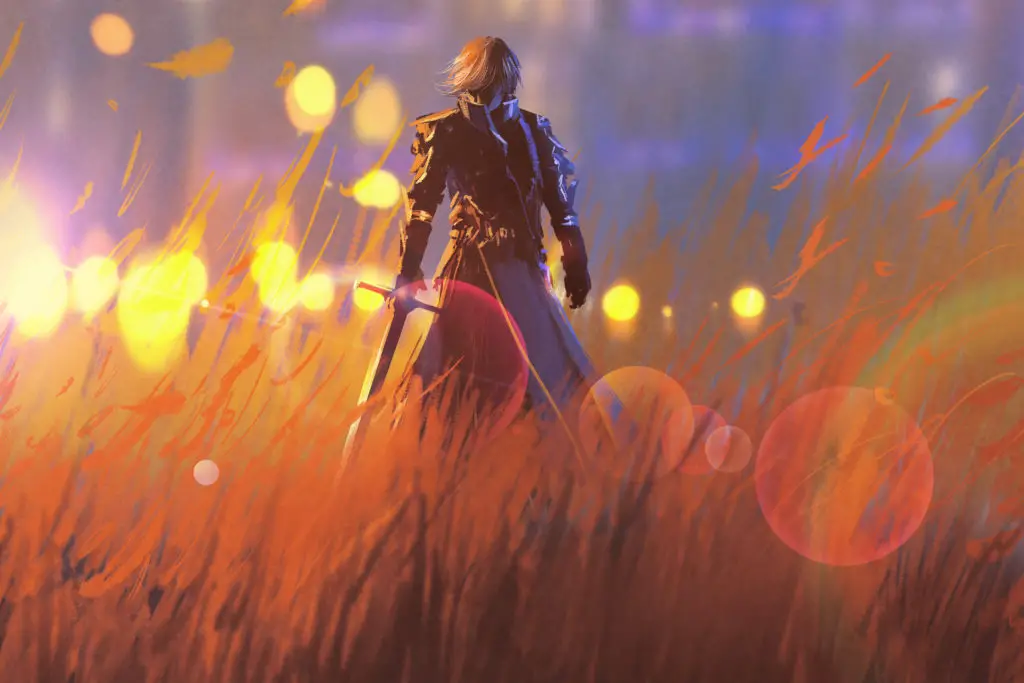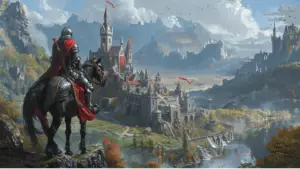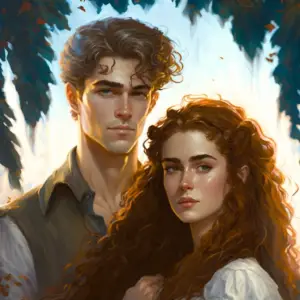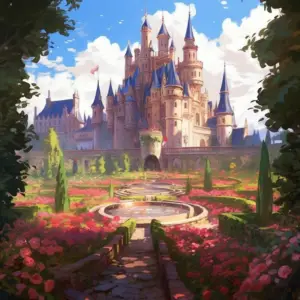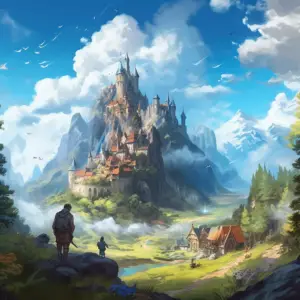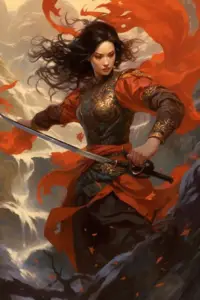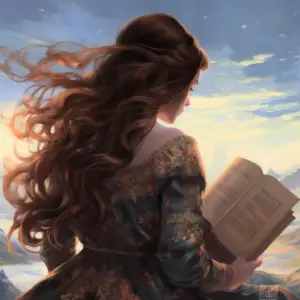Tolkien is often called the father of fantasy literature, but why? For one thing, his work has had a huge influence on modern fantasy. But it’s more than that.
Tolkien is considered the father of fantasy because his work had and has such a profound influence on future fantasy stories, and, some would argue, created the fantasy genre as we know it.
For instance, he was one of the first writers to create an entire ‘secondary world’ for a story to take place in, complete with its own history, languages, cultures, creatures, and with a depth of character and theme akin to mythology than to children’s fairy tales.
In this article, I’ll talk about Tolkien’s contributions to fantasy literature and how they’ve inspired other writers.
Tolkien wrote The Hobbit in 1937, then The Lord of the Rings between 1954 and 1955, although he continued tinkering with Middle Earth’s world-building after publication. Both these works were so popular among fans that they launched the genre as we know it today.
Tolkien Wrote the First Modern Fantasy Novel
Tolkien wrote the first modern fantasy novel, The Hobbit. This book was published in 1937 and a sequel to The Lord of the Rings. It was one book in a legendarium containing three: The Hobbit, The Lord of the Rings and The Silmarillion.
How Does a ‘Modern’ Fantasy Novel Differ from Ones Prior?
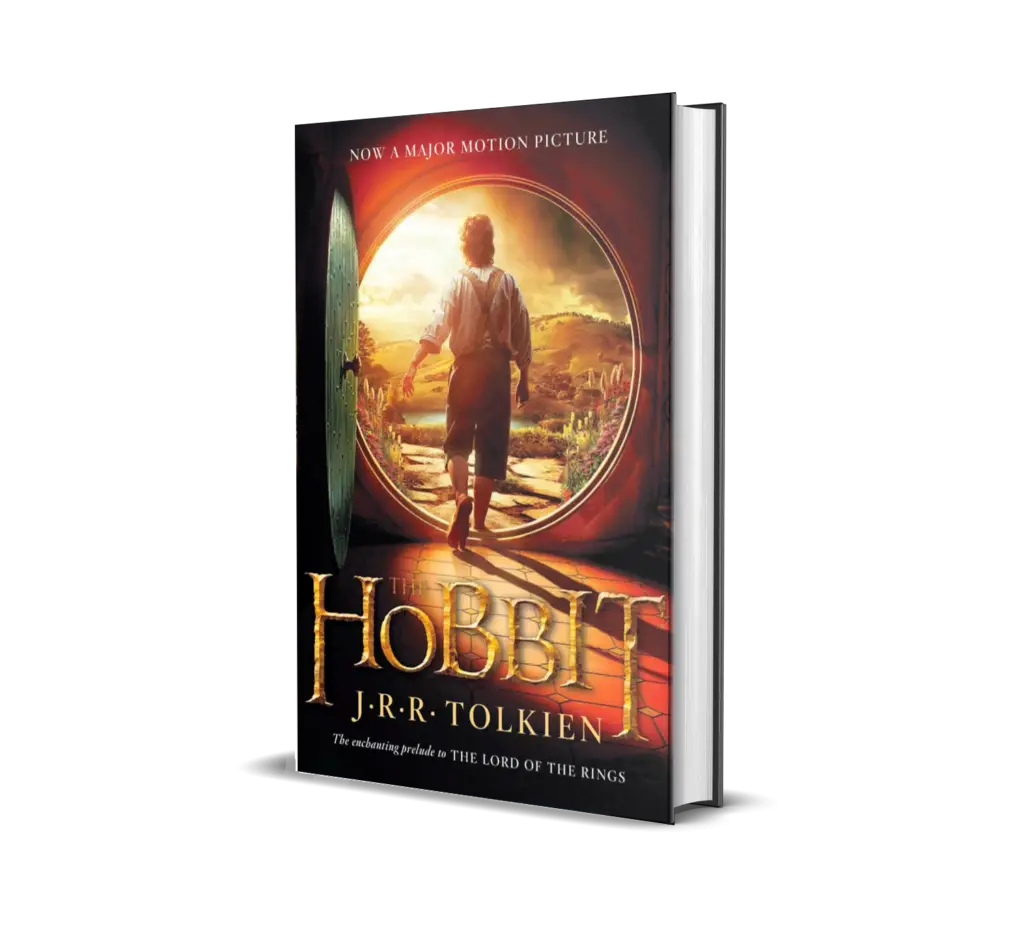
Before Tolkien, fantasy stories were typically short and self-contained rather than multi-book sagas. Moreover, they also tended to take place in ‘real life’ with encounters with the fantastical, or in historical settings.
In addition, most of the fantasy stories written by Tolkien’s contemporaries or those a generation or so before were geared towards children. Fairy tales, for instance.
Related to that, the pyschological realism and depth of its characters were necessarily simpler so that children could understand and connect with the cast and story’s themes better.
The subject matter or writing was also child-friendly. For example, as a war veteran, Tolkien was influenced by his experiences on the battlefield, which he draw upon to write The Lord of the Rings and its characters’ struggle to defeat the Dark Lord Sauron. This ‘mature’ theme didn’t feature in children’s fairy tales.
Even stories that might allude to mature subjects, such as the King Arthur tales, were myths written hundreds of years prior and heavily edited to be child-appropriate.
Tolkien Pioneered the Concept of a “Secondary World”
A “secondary world” (or “secondary universe”) is a fictional place that isn’t Earth but has its own geography and history, invented by the author. The idea of a story starting, taking place in, and ending in an entirely fictional world didn’t exist before Tolkien’s work.
Tolkien was the first writer to set his stories in an entirely fictional world that readers could explore: The Hobbit was the first of many novels that took place in Middle Earth, a fictional continent where humans, elves and dwarves lived side by side with dragons and other fantastical creatures.
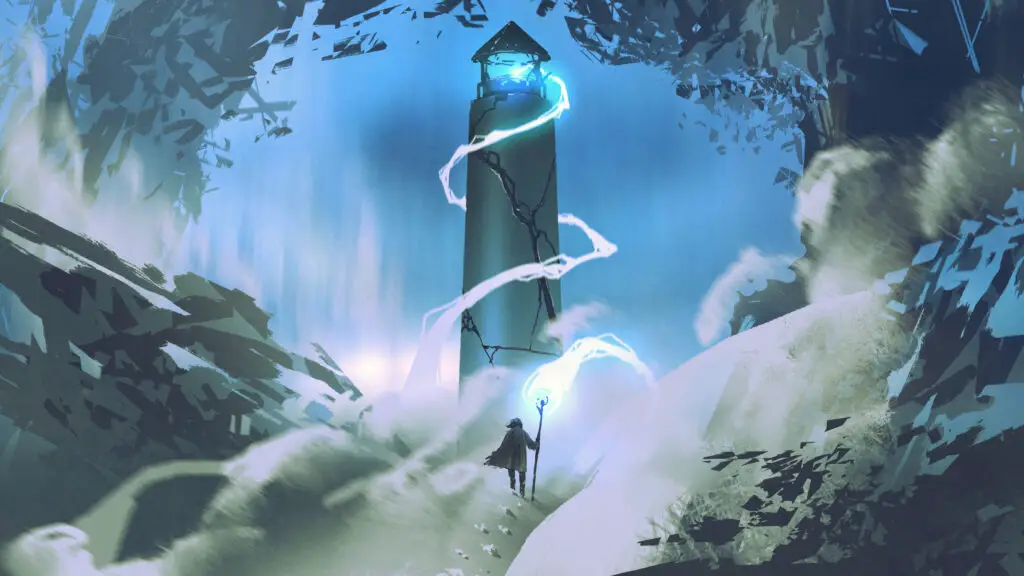
Unlike in stories written by his contemporaries, no one traveled to Middle Earth from the ‘real world’. Middle Earth was where the story began, took place, and ended. Instead, the closest these contemporary stories came to it was supernatural beings or events stumbling into the ‘real’ world or children stumbling into a supernatural land, usually fairyland.
Given how setting a story in a secondary world is now the default in the fantasy genre, Tolkien’s influence on today’s fantasy writers and readers is hard to overstate. In fact, it’s so assumed that setting a story in the ‘real world’ and traveling to a fantasy world is identified as a sub-genre: Portal fantasy.
Tolkien’s World-Building was Unprecedented
Tolkien’s world-building has affected all fantasy novels since the publication of his books. It was so detailed and so well thought out that it inspired many other authors to echo his literary decisions and techniques. From the languages he created to the different cultures of his races, Tolkien created a rich world that felt like it would be an actual place if you could only get there.
For example, Tolkien was a professor of linguistics at Oxford University. With this background, he was able to create entirely new languages for his world, such as Quenya and Sindarin (elvish).
Tolkien was interested in creating an entire history for his imagined world, complete with its own languages, mythology and legends. This made him significantly different from other fantasy authors at the time.
Tolkien Had a Very Deep Understanding of Mythology, in Both Ancient and Modern Forms
In addition to being a linguistics professor, Tolkien was also a scholar of mythology and folklore. He had a deep understanding of the stories and legends that are told around the world. He studied ancient myths from cultures all over the world, including Norse and Greek.
It was in part due to this deep understanding of mythology that Tolkien could create the world of Middle-earth and populate it with stories and legends that could be compared to those in ancient myths. The elves, dwarves, orcs and other creatures found in Middle-earth are similar to creatures found in many different cultures around the world.
Moreover, his understanding of these myths and the role they placed in their respective societies – passing on lessons, championing a certain set of values – helped him craft a narrative that went beyond simple escapism. Instead, it became something more: a way for readers to connect with each other across time and geography.
Tolkien’s Stories Inspired Many Fantasy Writers and Their Works
Tolkien’s work has influenced countless authors and created an entire category of literature that we now call “fantasy.” In fact, if you’ve ever read any epic fantasy (or even been to a large bookstore), you’ve probably noticed how much it sounds like Tolkien.

There are elves and dwarves, wizards with magical books or wands who have magical powers; there are evil dark lords trying to take over the world; there are heroes who go off on quests to save their people or destroy evil forces; there are often battles between good and evil — you get the idea.
Tolkien Had an Influence on Children’s and Young adult Fantasy Authors, As Well as Fantasy Authors Writing for Adults
Tolkien had an influence on young adult fantasy authors like C.S. Lewis and Susan Cooper as well as current best-selling fantasy authors like Neil Gaiman, J.K. Rowling, and George R.R. Martin. Several authors have said that they read The Hobbit when they were children and that it inspired them to write their own magical stories.
Tolkien’s Work is Still Widely Read Today, With New Editions Coming Out Regularly to Meet Demand
As you can see, Tolkien’s work is still widely read today. That’s because publishers are producing new editions at a rate of about 2 per year.
The new editions are being published in multiple languages, including English and German. The books are also available in both print and ebook formats for those who prefer an electronic format for their reading material.
Conclusion
And if you haven’t read The Hobbit or The Lord of the Rings yet, now is the perfect time to start! Tolkien’s work has influenced so many other fantasy books and movies, so if you’re looking for something new to read then this might be the perfect place to start. These are great books, so it’s not surprising that they have been made into movies.

